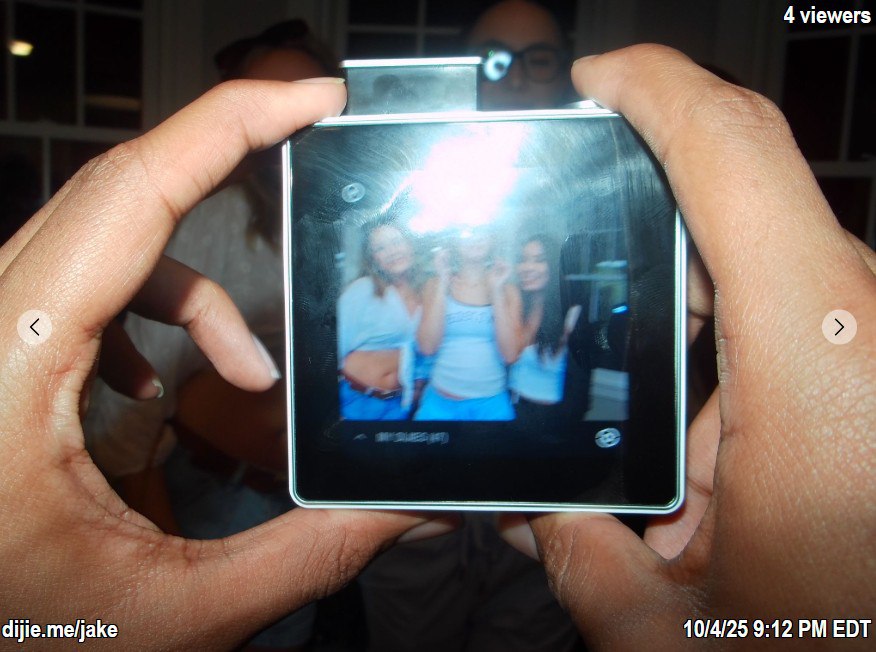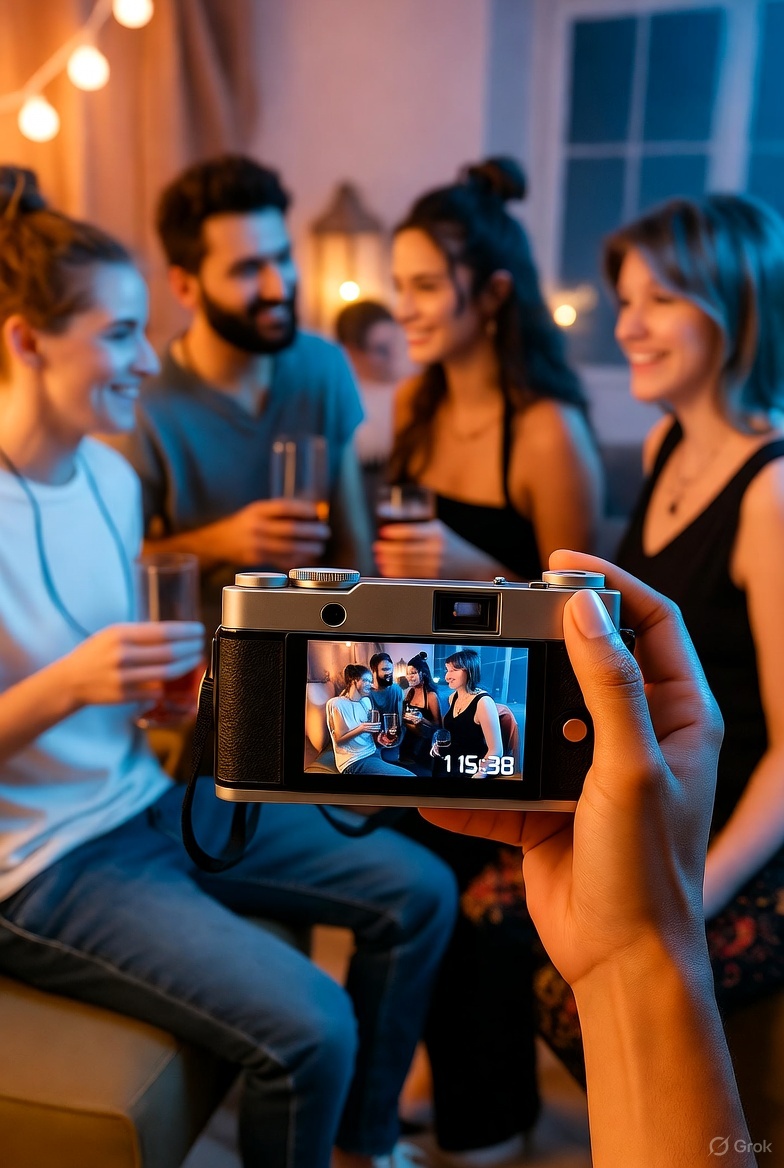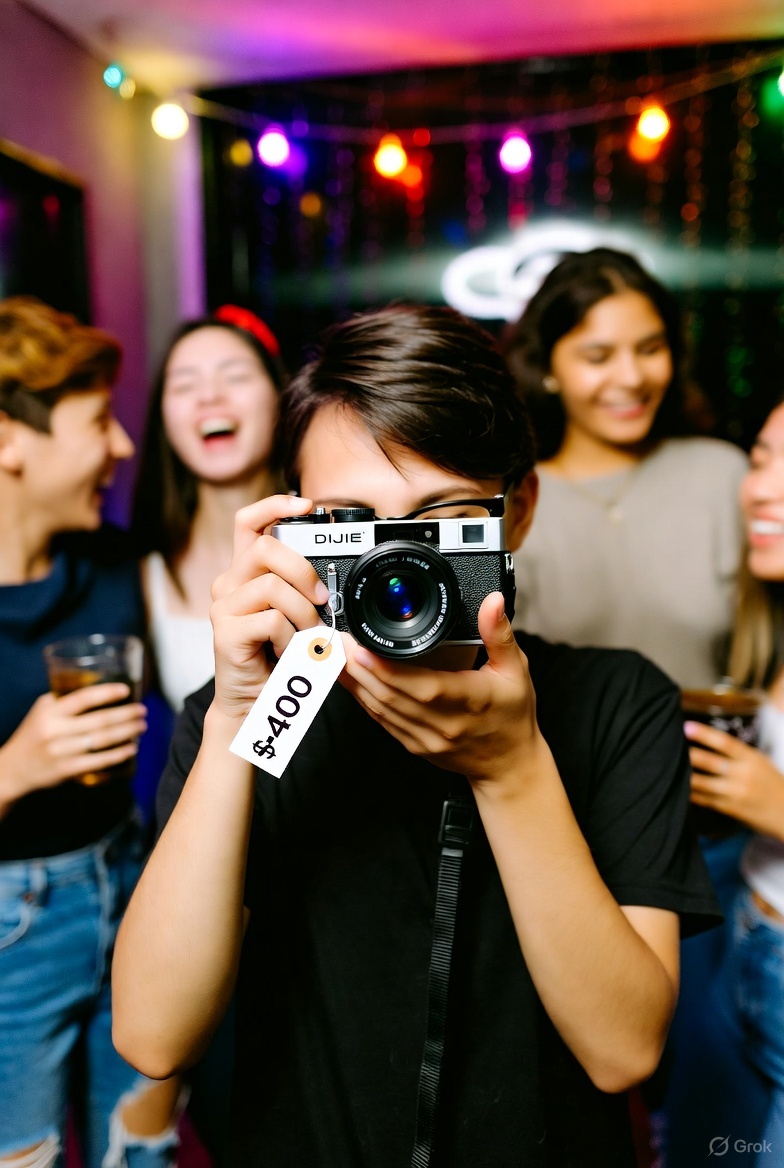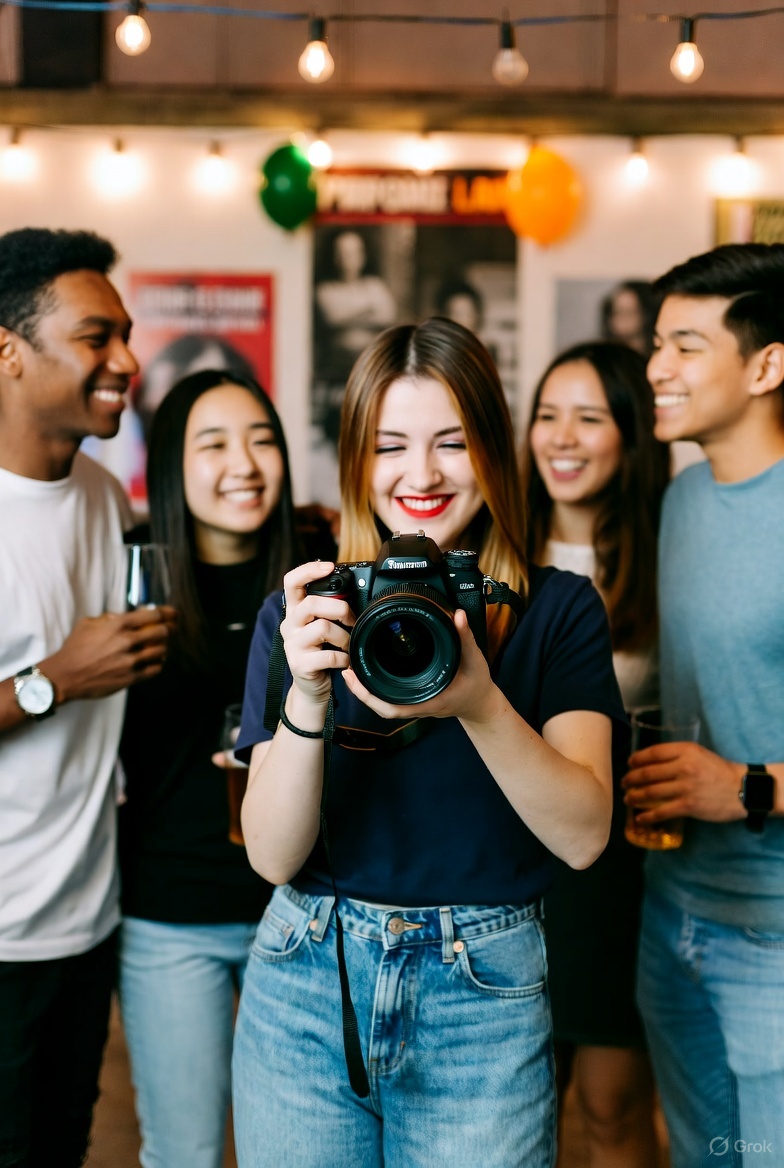In an era where every selfie is airbrushed to perfection and social feeds are algorithmically curated into echo chambers of filtered perfection, a quiet revolution is brewing among the youngest digital natives. Gen Z, the generation raised on TikTok dopamine hits and Instagram’s endless scroll, is increasingly turning to millennial nostalgia - not for irony’s sake, but as a genuine yearning for a “normal life” untainted by algorithms, beauty filters, and what one might call “neuro-shit”: the overwhelming mental static of hyper-optimized online existence. Enter Dijie, a audacious new app that’s flipping the script on social media by making authenticity not just a buzzwo…
In an era where every selfie is airbrushed to perfection and social feeds are algorithmically curated into echo chambers of filtered perfection, a quiet revolution is brewing among the youngest digital natives. Gen Z, the generation raised on TikTok dopamine hits and Instagram’s endless scroll, is increasingly turning to millennial nostalgia - not for irony’s sake, but as a genuine yearning for a “normal life” untainted by algorithms, beauty filters, and what one might call “neuro-shit”: the overwhelming mental static of hyper-optimized online existence. Enter Dijie, a audacious new app that’s flipping the script on social media by making authenticity not just a buzzword, but a $400 prerequisite.
 At its core, Dijie isn’t just another photo-sharing platform; it’s a radical antidote to the AI-saturated slop that dominates our screens. Founded by a team of creators who seem to have had enough of generative sludge and bot-curated content, the app demands users buy a dedicated Dijie camera to upload photos.
At its core, Dijie isn’t just another photo-sharing platform; it’s a radical antidote to the AI-saturated slop that dominates our screens. Founded by a team of creators who seem to have had enough of generative sludge and bot-curated content, the app demands users buy a dedicated Dijie camera to upload photos.
Priced at $400, this isn’t your average smartphone accessory - it’s a sleek, retro-inspired device designed to evoke the tactile joy of point-and-shoot film cameras from the pre-smartphone era. No apps, no edits, no endless retakes: snap, sync, and share. The barrier to entry is deliberate, a bold statement against the democratized (and diluted) content creation of today.
 Once you’ve shelled out for the hardware, the magic happens through seamless integration with the iPhone app. The camera syncs wirelessly, transforming your raw shots into posts that scream analog charm. Each photo appears with embedded metadata stamped right into the image: the date in a crisp, no-nonsense font; a running tally of views like a old-school odometer; and a subtle profile link tucked into three strategic corners.
Once you’ve shelled out for the hardware, the magic happens through seamless integration with the iPhone app. The camera syncs wirelessly, transforming your raw shots into posts that scream analog charm. Each photo appears with embedded metadata stamped right into the image: the date in a crisp, no-nonsense font; a running tally of views like a old-school odometer; and a subtle profile link tucked into three strategic corners.
It’s pure throwback aesthetics, mimicking the faded edges and timestamped prints of disposable cameras from the ’90s and early 2000s - the kind millennials clutch at in fits of wistful remembrance.
Scroll through the feed on dijie.me, and you’re met not with polished grids or sponsored reels, but a chronological stream of unpretentious moments: a blurry beach sunset, a candid coffee run, a kid’s finger-smudged portrait. No likes, no stories, no algorithmic boosts - just real glimpses into lives lived offline-first.
This isn’t mere gimmickry; it’s a direct response to a palpable cultural shift. Surveys and studies from platforms like Pew Research and Deloitte have long hinted at Gen Z’s fatigue with social media’s mental health toll - rising anxiety from comparison culture, burnout from constant performance, and a collective eye-roll at AI-generated “art” that feels as soulless as it is ubiquitous.
But Dijie’s creators are tapping deeper, weaponizing millennial nostalgia as a Trojan horse for Gen Z’s liberation.
Millennials, now in their 30s and 40s, romanticize the “before times”: flip phones, unedited MySpace profiles, and spontaneous hangs without geotags. Gen Z, scarred by the pandemic’s isolation and the post-2010s explosion of surveillance capitalism, sees that era not as history, but as a blueprint for escape.
Dijie packages it neatly: by gatekeeping uploads behind a physical camera, the app forces users to step away from the screen, embrace imperfection, and rediscover the serendipity of analog capture.
Of course, the irony isn’t lost. In a world where even nostalgia is commodified - think vinyl revivals and Tamagotchi reboots - Dijie’s $400 paywall feels like peak capitalism cosplaying as rebellion. It’s exclusive by design, potentially alienating the very youth it’s meant to empower.
Early adopters on forums like Reddit’s r/GenZ and X (formerly Twitter) buzz with excitement, hailing it as “the anti-Instagram we deserve,” but skeptics point out the eco-hypocrisy of manufacturing new gadgets to fight digital excess.
And let’s be real: for every niche hit like BeReal (which briefly promised unfiltered honesty before bowing to ad pressures), there’s a graveyard of failed experiments in “authentic” social networking.
Alo read:
- Coffee Snus Takes Over Gen Z in the US: Pouches Become the Latest Teen Trend
- Meta’s Reels Revenue Hits $50 Billion Annually: A Stark Divide for Creators
- YouTube Shorts: A Magical Surge in Creator Earnings
Yet, that’s the bittersweet beauty of it all. Projects like Dijie are probably doomed - social media’s gravitational pull is too strong, venture capital favors scale over soul, and the masses crave convenience over conviction. The app’s feed, still sparse as of this writing, may soon echo with crickets if adoption stalls.
But damn, it’s heartening that they keep emerging. In a timeline overrun by deepfakes and doomscrolling, these quixotic ventures remind us that resistance isn’t futile; it’s analog. Gen Z isn’t just exploiting millennial wistfulness - they’re building life rafts from it, one overpriced snapshot at a time. If Dijie sinks, at least it’ll go down with style, timestamped and unfiltered.